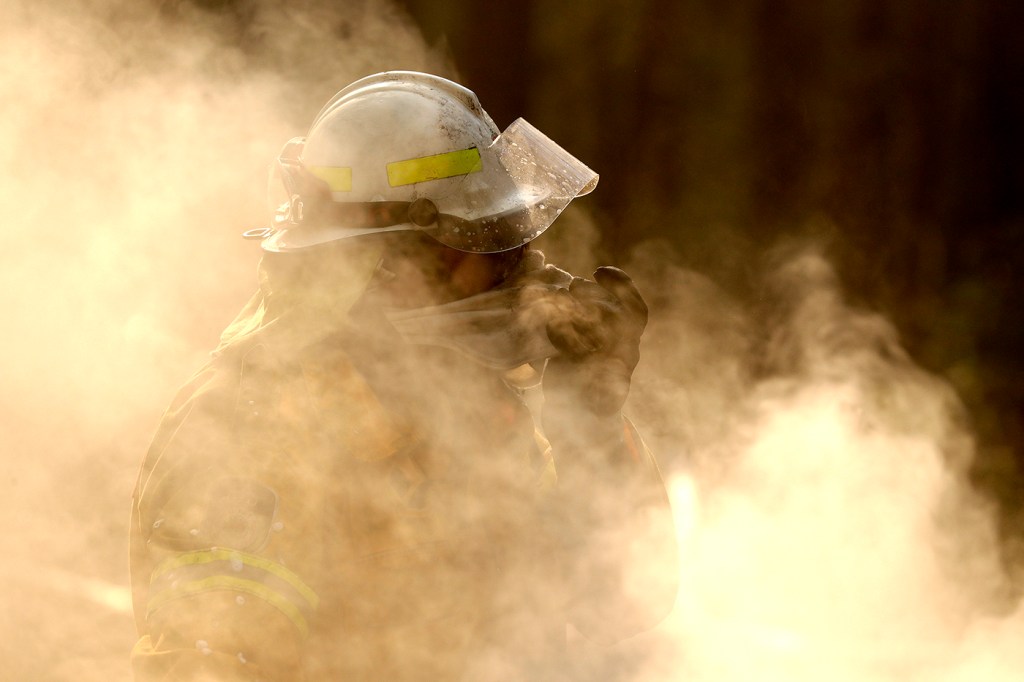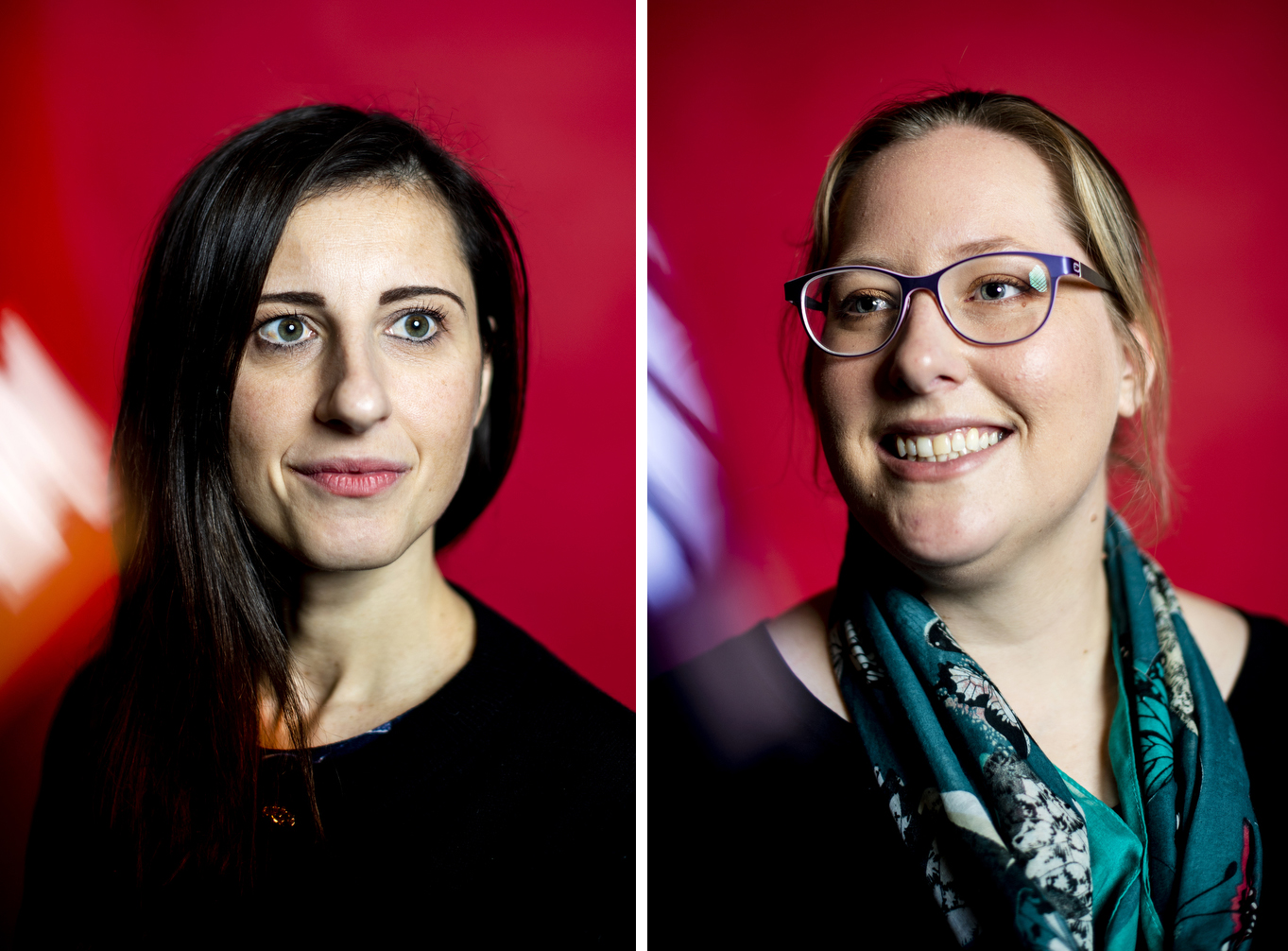What’s in the smoke given off by the Australian wildfires?

Wildfires such as the ones that have been burning across Australia for months, pose different threats to the firefighters battling them. And, because the safety equipment used by woodland firefighters is far less regulated than that of their counterparts who fight fires in buildings and other structures, the long-term effects of these threats are still largely unknown, say two assistant bioengineering professors at Northeastern.
Jessica Oakes and Chiara Bellini are studying the health consequences of smoke inhalation on woodland firefighters—research that is funded by a $1.5 million grant from the Federal Emergency Management Agency.
The deadly bushfires that have torched more than 15 million acres of land in Australia and claimed the lives of 28 people and close to a billion animals are exactly the types of fires Oakes and Bellini are studying.
The emergency personnel who fight such wildfires typically work 12-hour shifts and are exposed to dangerous smoke conditions for a much longer period of time than firefighters who battle structural fires, Bellini says. Much of their job is also cleaning up wildland that may not be actively burning, but is still smoldering, Oakes says.
“From the [air quality] samples we’ve collected from smoldering fires, we know that it’s extremely dangerous,” Bellini says.
“Almost more dangerous than [the air quality during] an active fire,” Oakes added.
The smoke created by wildfires is filled with chemicals and particulate matter that make it dangerous to breathe, both for firefighters and civilians, the researchers say. They also know that the fine particles in the smoke can linger in the air for a long time after the fire begins, and can travel “quite far,” Oakes says.

On Tuesday, scientists from NASA announced that smoke from the wildfires in Australia has circled the globe.
Canberra is still miles from the bushfires, but air quality in the Australian capital this month is among the worst of any major city in the world. The density of particulate matter in the air in Canberra is close to 10 times higher than the acceptable standards set by the Environmental Protection Agency in the United States, Oakes says.
Our bodies have built-in protection from such pollutants—mucus and tiny hair-like filaments in the upper respiratory system that filter out particles and Pac Man-like white blood cells deep in the lungs that destroy debris. But these systems can become overwhelmed if there are too many particles in the air, Oakes says, sending people to the hospital for acute cardiovascular and pulmonary diseases.
Breathing in bad air for too long can also lead to more serious ailments, including heart attacks, chronic obstructive pulmonary disease, asthma, and strokes, Bellini says.
Oakes and Bellini hope that their research will help to protect the firefighters battling these dangerous, sustained fires.
“We’re hoping that we can work with firefighters to prevent these long-term health consequences,” Oakes says. “These firefighters are doing a service for their country, and we hope to help protect them just like they’re protecting their country.”
For media inquiries, please contact media@northeastern.edu.





